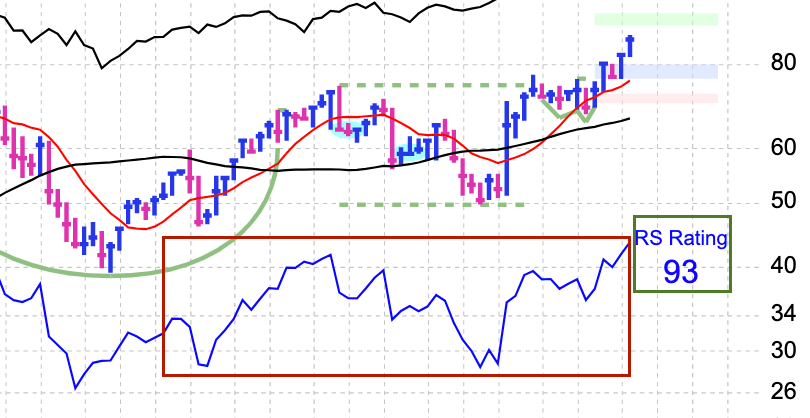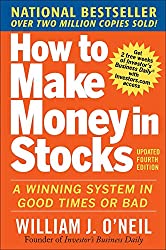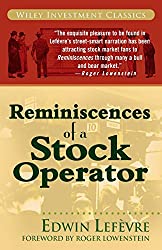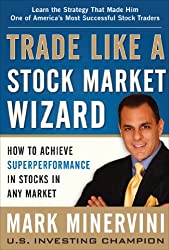Earning stability is an indicator of the predictability of a companies earnings. Another way to think of it is a volatility ranking of the earnings. The lower the number, the less volatile. Anything under 10 is very stable. For example, an earning stability of 3 indicates a company has consist earnings, quarter to quarter, year over year.
As far as the EPS growth rate, the technical definition follows:
The compound 3-year growth rate calculated using the least squares fit over the latest two to three years’ earnings per share on a running 12-month basis.
Investors.com
Continue reading




